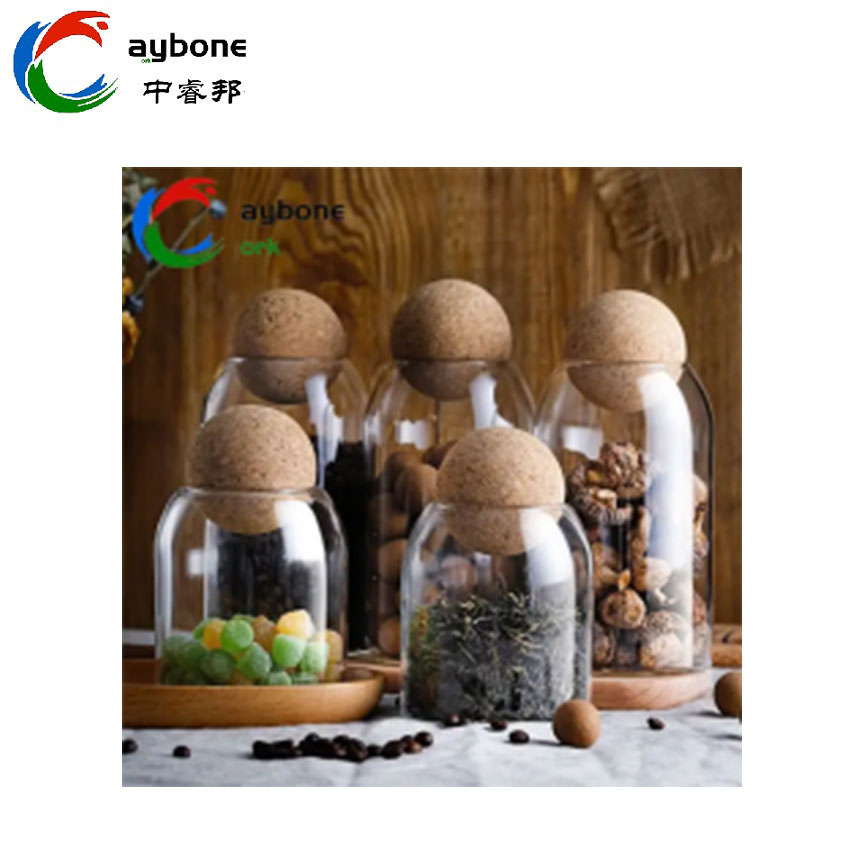The Timeless Appeal of Cork Stoppers: Sustainability, Versatility, and Tradition
2025-04-09
In a world that constantly seeks innovative solutions, some products remain cherished for their timeless qualities. One such item is the cork stopper. With its rich history, eco-friendly properties, and versatility, cork stoppers continue to be a staple in a variety of industries, from winemaking to pharmaceuticals and beyond. Whether you're uncorking a bottle of wine or sealing a bottle of perfume, the humble cork stopper plays a crucial role in ensuring freshness, preservation, and sustainability.
What Are Cork Stoppers?
Cork stoppers are closures made from the bark of cork oak trees, typically used to seal bottles or containers. The material itself is lightweight, yet resilient, with a unique ability to expand and contract, ensuring a tight seal that keeps contents safe and intact. Cork is harvested without harming the tree, making it one of the most renewable materials available. The texture of cork allows it to be easily shaped into various sizes and forms, making it highly adaptable to different needs.
The Sustainability Factor
One of the standout features of cork stoppers is their environmental sustainability. Unlike many other materials, cork is harvested from living trees, a process that does not involve cutting down the tree but rather stripping the bark in a way that allows it to regenerate. This process typically occurs every 9-12 years, ensuring that cork production remains a renewable and sustainable practice.
Additionally, cork forests are vital ecosystems that support biodiversity and act as carbon sinks, helping to mitigate the effects of climate change. As consumers and businesses alike become more conscious of their environmental impact, cork stoppers have emerged as a popular choice for eco-friendly packaging and sealing.
Why Cork Stoppers Are So Popular
Cork stoppers have been used for centuries, particularly in the wine industry, and they remain the preferred choice for sealing wine bottles to this day. The natural properties of cork allow it to "breathe," which is essential for aging wines and preserving their quality over time. This unique permeability helps to control the flow of oxygen into the bottle, preventing the wine from becoming oxidized while still allowing for a slow maturation process.
Beyond winemaking, cork stoppers are also commonly used in the packaging of spirits, oils, perfumes, and medicines. Their versatility and reliability make them ideal for protecting a wide range of products. For instance, in the pharmaceutical industry, cork stoppers are used to seal vials and ampoules, ensuring that the contents remain sterile and protected from contamination.
Other Uses of Cork Stoppers
Cork stoppers aren’t limited to bottles. Their unique properties also make them popular for craft and DIY projects. For example, they can be used in the creation of bulletin boards, flooring, and furniture. Their buoyant nature also makes them useful in the manufacture of fishing floats, and they are sometimes incorporated into various types of insulation products.
Furthermore, cork’s distinctive texture and aesthetic appeal make it a popular material for designers and artisans, with cork stoppers being repurposed into decorative items, coasters, and even jewelry.
A Long-Lasting Product
Thanks to cork's natural resilience, cork stoppers are incredibly durable. They do not easily degrade or lose their shape, making them a reliable choice for long-term storage. Unlike plastic or metal, which can corrode or degrade over time, cork retains its integrity, ensuring that the seal remains effective for years.
Conclusion
Whether you're looking for an eco-friendly sealing solution, a traditional method of preserving fine wine, or a versatile material for your next craft project, cork stoppers remain an indispensable product with enduring appeal. Their natural, renewable properties, combined with their practicality and aesthetic value, make them a sustainable choice that bridges the gap between tradition and modernity.
As we move toward more sustainable and environmentally conscious choices in packaging and product design, cork stoppers continue to shine as a material that offers both functionality and environmental responsibility.



